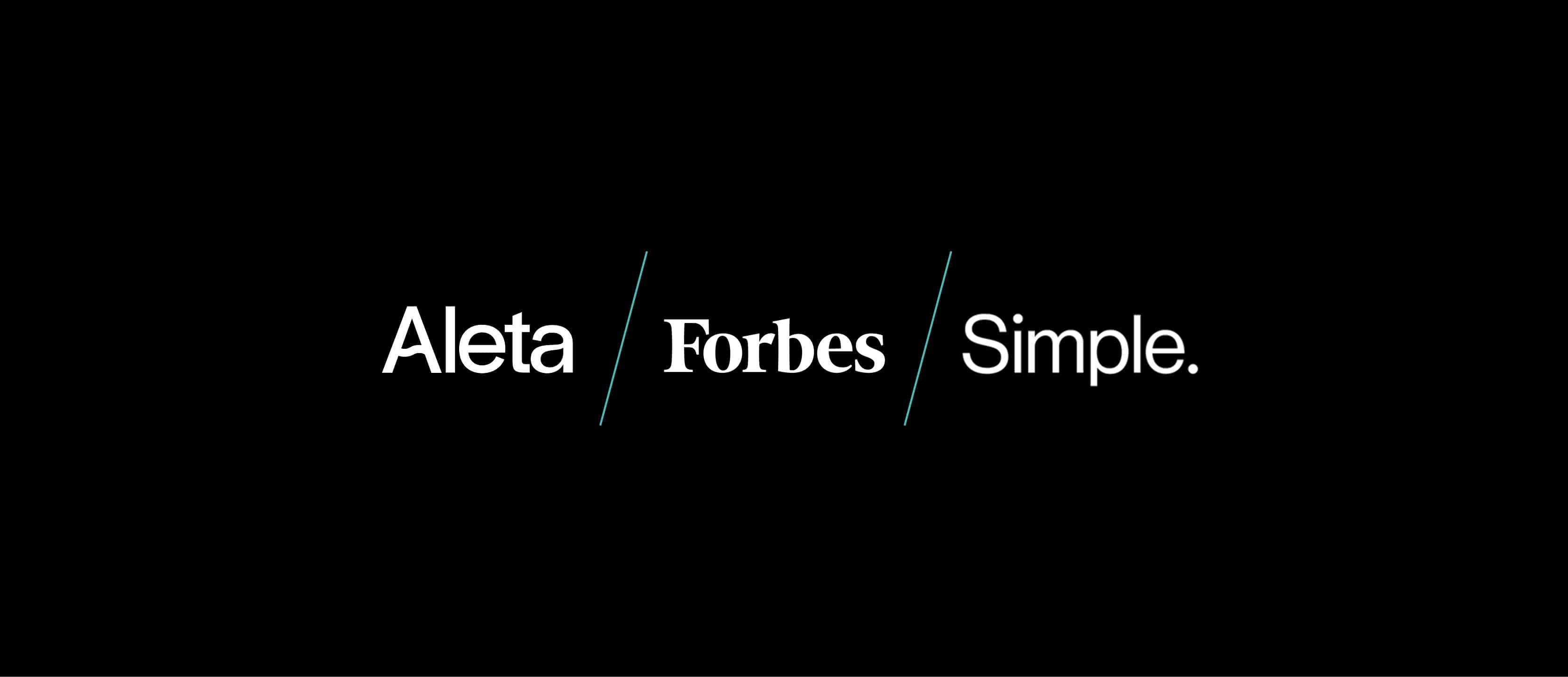Consolidation vs. Aggregation: Why Family Offices Need More Than Just Data Collection
Discover why aggregation isn’t enough for family offices – and how consolidation delivers accuracy, trust, and clarity for multi-generational wealth.
Oct 13, 2025
Family offices
For single family offices, the ability to see a clear, accurate picture of wealth has always been the ultimate challenge. As portfolios become more complex, spanning everything from public markets to private equity, collectibles, and digital assets, that challenge has only intensified.
Over the last decade, many offices have turned to aggregation tools as a solution, using systems that automatically pull data from custodians, banks, and market providers. Aggregation was a leap forward compared to manual downloading and typing figures into spreadsheets, but aggregation is only half the battle.
Without consolidation – the process of reconciling, validating, and unifying data into one trusted version of truth – family offices risk drowning in complexity, even if the feeds keep flowing.
Aggregation: Data In, but not Always Reliable
Aggregation is useful because it automates collection. Instead of asking staff to log into multiple bank portals, chase down PDF statements, or re-key transactions, aggregation pipes it in automatically.
Yet, the information that lands in the system is rarely plug-and-play. Custodian feeds often arrive in inconsistent formats, private equity data may be delayed or incomplete, and market data may not tie to accounting entries.
The automatic feeds are there, but the team still spends hours cleaning them up in Excel. According to FundCount, family offices on average spend around 20% of working hours on manual work such as accounting, reporting, and reconciliation.
In short: Aggregation collects. It does not correct.
Consolidation: From Raw Data to a Single Source of Truth
Consolidation collects the data and ensures it is accurate, reconciled, and meaningful. That includes:
Ensuring values from different systems actually tie out.
Normalizing feeds into a consistent format.
Rolling up entities and trusts accurately while still allowing drill-downs.
Including all asset classes, not just those easily aggregated.
The difference is profound. Where aggregation might leave staff staring at misaligned balances, consolidation produces a single, accurate dashboard that principals, operators, and next-gen family members can all trust.
Consolidation turns data into confidence.
The Hidden Cost of Stopping at Aggregation
At first glance, aggregation seems like a timesaver, but for many offices, it simply shifts the burden from downloading data to reconciling it. Staff often find themselves spending evenings double-checking mismatched figures and tracking down errors that never quite balance.
Spreadsheets begin to pile up, each one carrying formulas that are prone to breaking, producing hidden inaccuracies that can ripple through reports. When quarter-end arrives, reporting becomes a scramble of late nights, last-minute fixes, and mounting stress.
Inaccurate reports erode confidence. Principals who notice mistakes in reports start to question the reliability of everything else. Next-generation family members, accustomed to seamless digital experiences in their everyday lives, quickly disengage when they encounter clunky, error-prone processes.
In the end, aggregation reduces the pain of collecting data, but leaves all of the stress of reconciling it.
Why the Difference Matters Now
This might have been tolerable a decade ago, but not today. The largest wealth transfer in history is underway, with trillions of dollars moving to Millennials and Gen Z.
These rising decision-makers expect platforms to deliver instant, accurate dashboards that reflect the health of their wealth at a glance. They want the ability to drill down into details on demand – whether by entity, asset class, or geography – and they expect it all to be accessible through a mobile-first experience that feels as seamless as the consumer apps they use every day.
They won’t wait for a team to reconcile numbers behind the scenes or tolerate navigating clumsy spreadsheets filled with footnotes and manual adjustments.
If family offices can’t provide true consolidation, younger family members are likely to disengage. Worse, they may decide to look elsewhere for solutions that do meet their expectations, putting the family office’s role and relevance at risk.
During the next couple of decades, over $80 trillion of wealth will change hands (World Economic Forum, 2025). Delivering consolidated, transparent reporting is now an intergenerational survival factor.
Consolidation in Action
What does a consolidated approach look like?
Imagine logging into a single platform and seeing:
Public equities, private equity commitments, hedge funds, real estate, digital assets, and even collectibles all in one view.
Accurate rollups across every trust, company, and family member, without duplication.
Drill-down capability that allows a principal at a board meeting to check the family’s net worth and the details of a single private equity investment.
Reports that are consistent across devices: a sleek dashboard on mobile, deep analysis via Excel or Power BI on desktop.
Consolidation ensures every family member, regardless of generation or technical expertise, knows they can trust the numbers.
And for families that track sustainability metrics or impact investments, consolidation allows these non-financial indicators to sit alongside financial data – creating a unified view of both performance and purpose.
The Operator’s Perspective: Less Stress, More Strategy
For family office staff, consolidation is a game-changer. Instead of spending endless hours fixing errors and manually reconciling accounts, the platform takes care of the heavy lifting.
That means fewer spreadsheets cluttering inboxes, less stress around month-end and quarter-end closeouts, and more time available for advising principals, evaluating opportunities, and managing risk with clarity.
This shift delivers operational efficiency and helps family offices retain and motivate top talent. Operators don’t want to burn out on repetitive, manual reconciliations.
They want to contribute value, build relationships, and make strategic decisions. Consolidation gives them the freedom to do exactly that, transforming their roles from number-crunchers to trusted advisors.
Bringing It All Together
The distinction between aggregation and consolidation might sound technical, but for family offices it’s strategic.
Aggregation answers the question:
“Do we have the data?”
Consolidation answers the question:
“Can we trust – and use – the data?”
In an era where generational transitions, complex portfolios, and digital expectations collide, trust is everything.
Family offices that settle for aggregation-only solutions will continue to face stress, inefficiency, and disengagement. Those that embrace consolidation will find themselves with less manual work, more accuracy, and greater alignment across generations.
Aleta's family office software is dedicated to helping present the true financial picture to its global users. Our company takes its name from this very concept, from the ancient Greek meaning truth, sincerity, not hidden. We know this truth breeds trust in the data and the dashboards. That is at the heart of Aleta’s mission.
If these concerns are top of mind in your office or for the family or families that you support, we invite you to learn about the Aleta approach and why family offices worldwide are quickly embracing the Aleta advantage.
You might like these reads

The Aleta API & MCP: Building a Future-Proof Tech Stack – Q&A with CEO Nordics, Anders Viskum
Discover how Aleta’s API and MCP give family offices secure, real-time data access, automation capability, and full flexibility to build a future-proof tech stack.
Dec 03, 2025
AI,
Family offices

Open vs. Closed Architecture: Why Future-Ready Family Offices Choose Aleta
Discover why open architecture is the future of wealth reporting. Learn how Aleta’s API future-proofs family offices with flexible, accurate data access.
Nov 26, 2025
Family offices

Aleta Featured in Forbes 2025: Inside the Top Data Consolidation & Wealth Reporting Platforms
Forbes spotlights Aleta in Simple’s 2025 tech report for its leadership in data consolidation and wealth reporting for family offices.
Nov 20, 2025
Family offices,
Aleta news
A next-generation wealth platform for forward-thinking family offices
335 Madison Avenue, NY-10017, USA Ingerslevs Boulevard 3, 8000 Aarhus, DK CVR: 43 67 16 85

